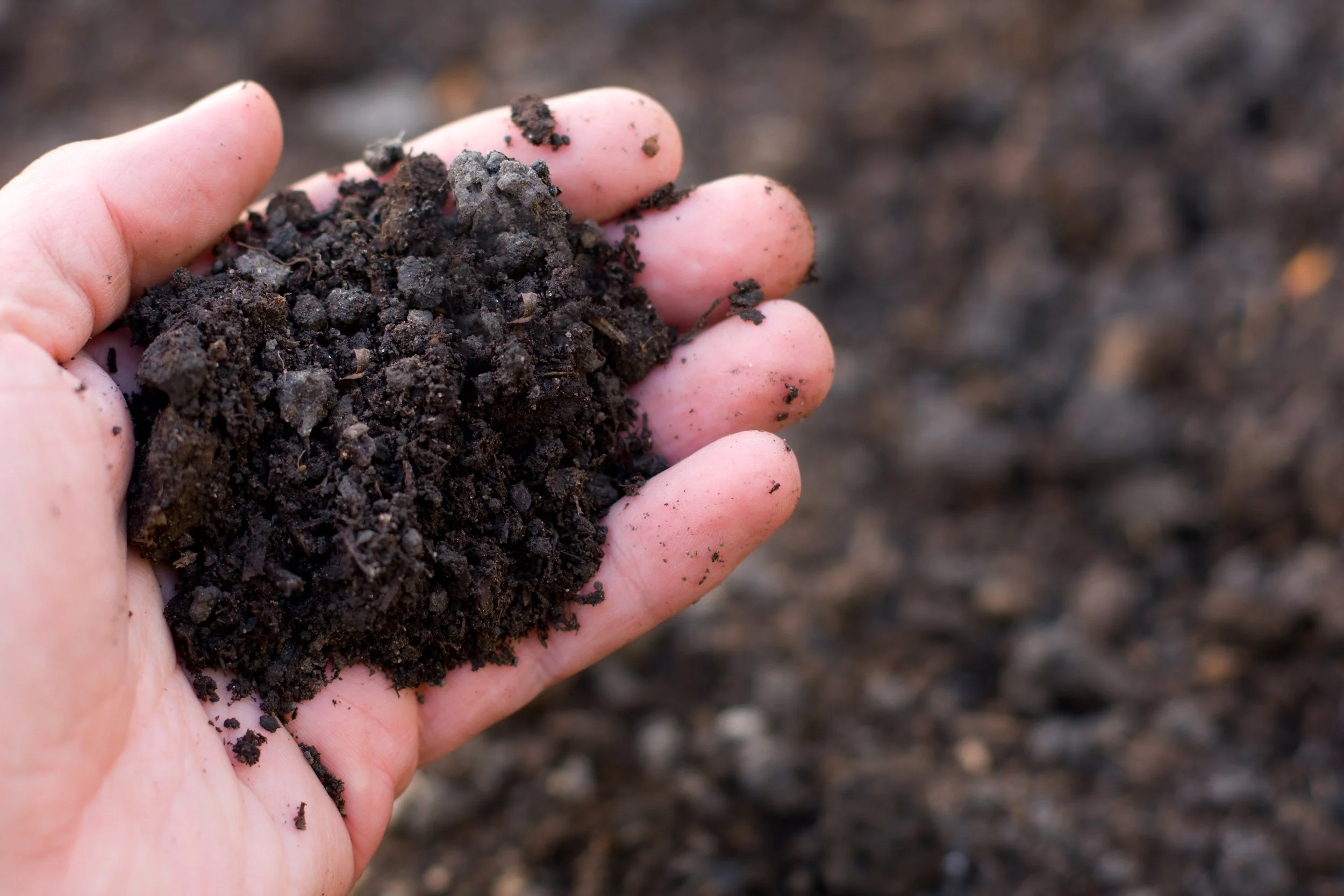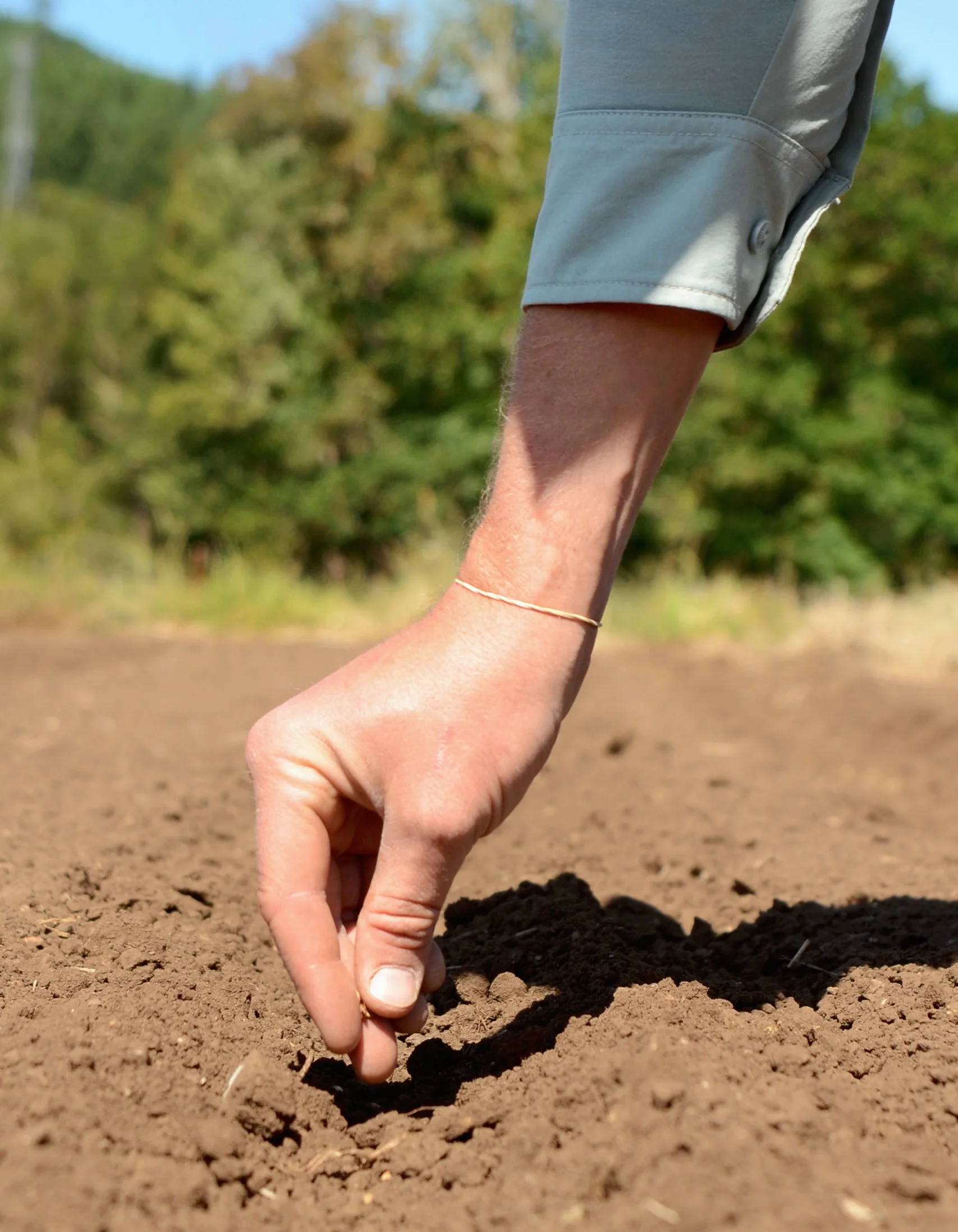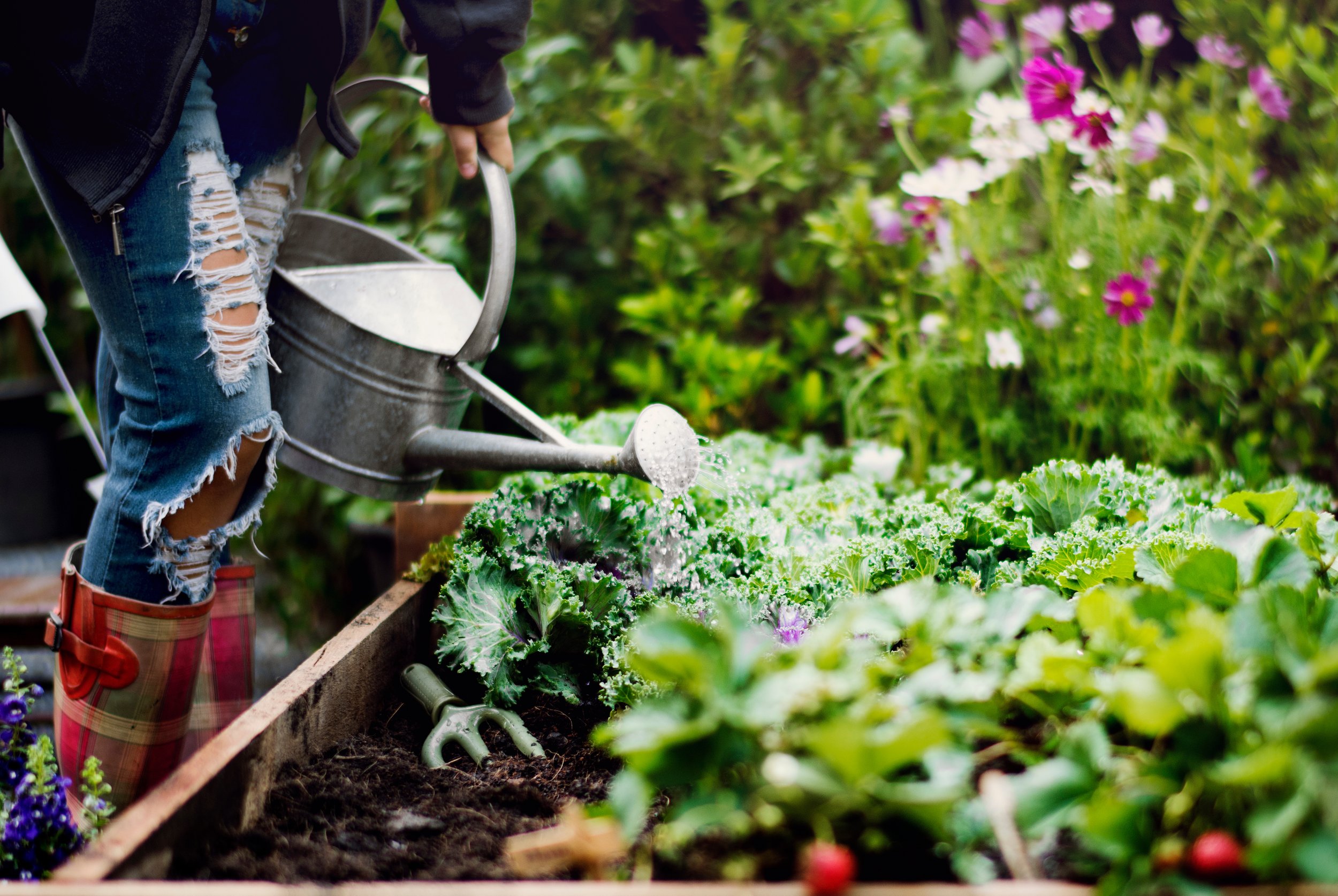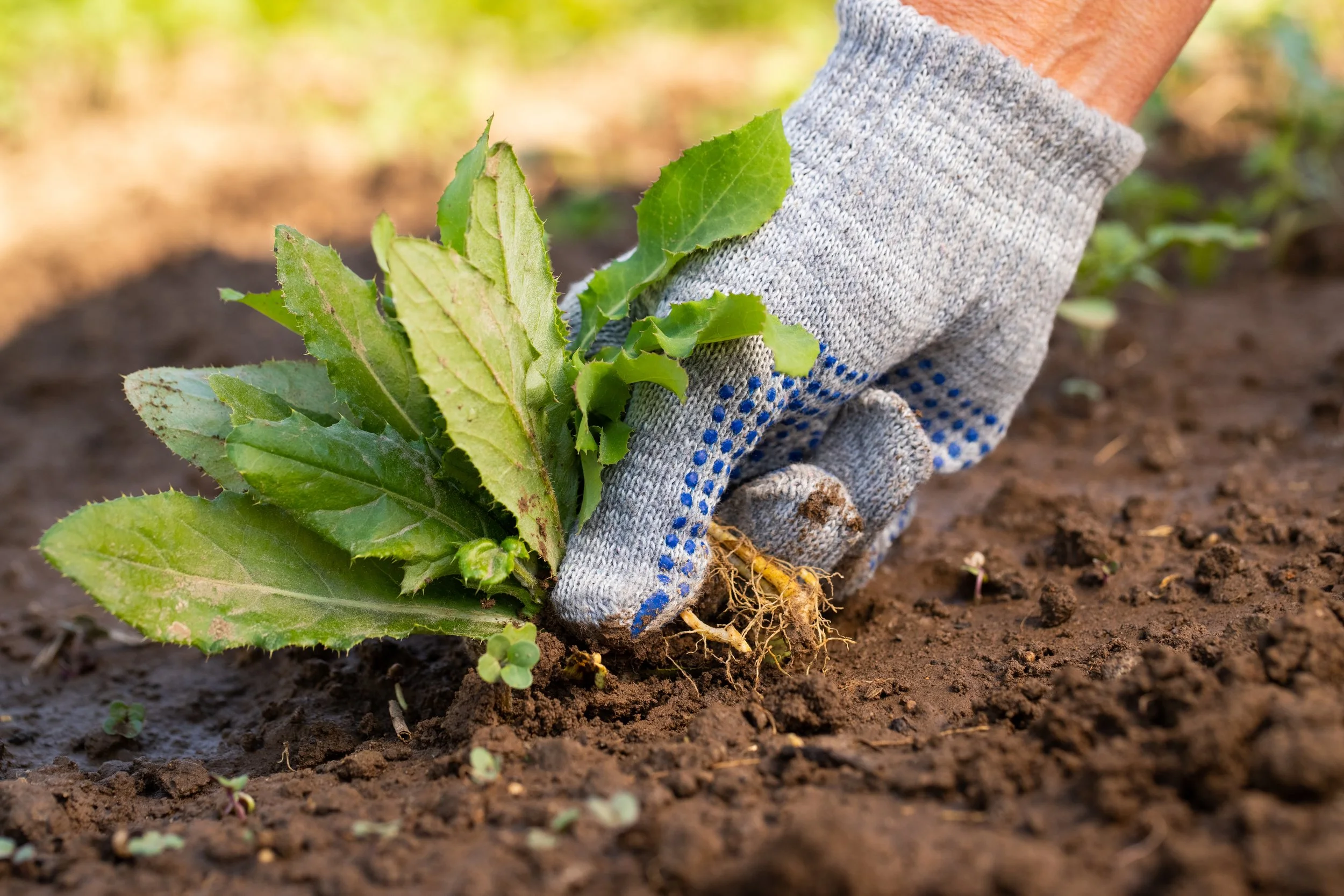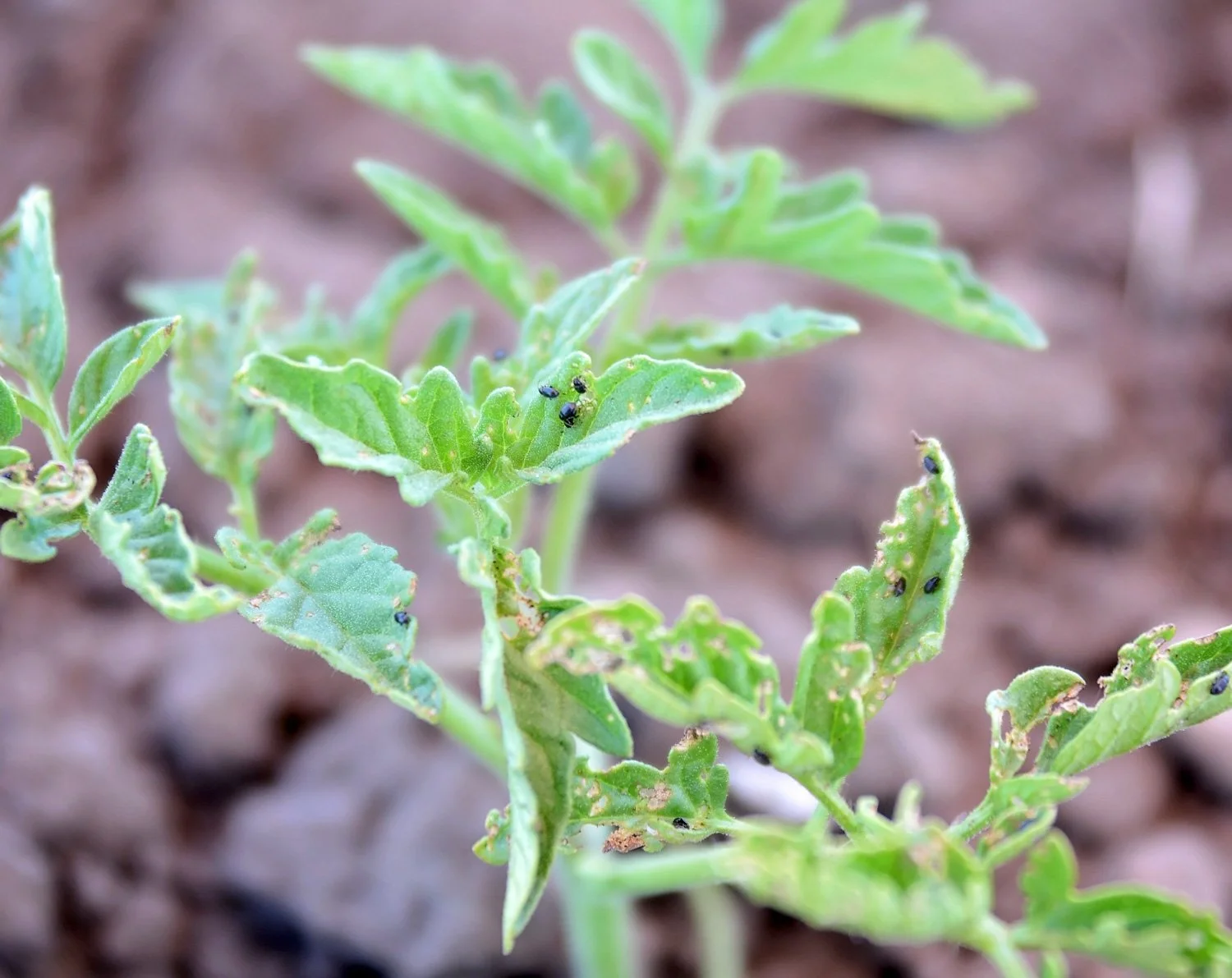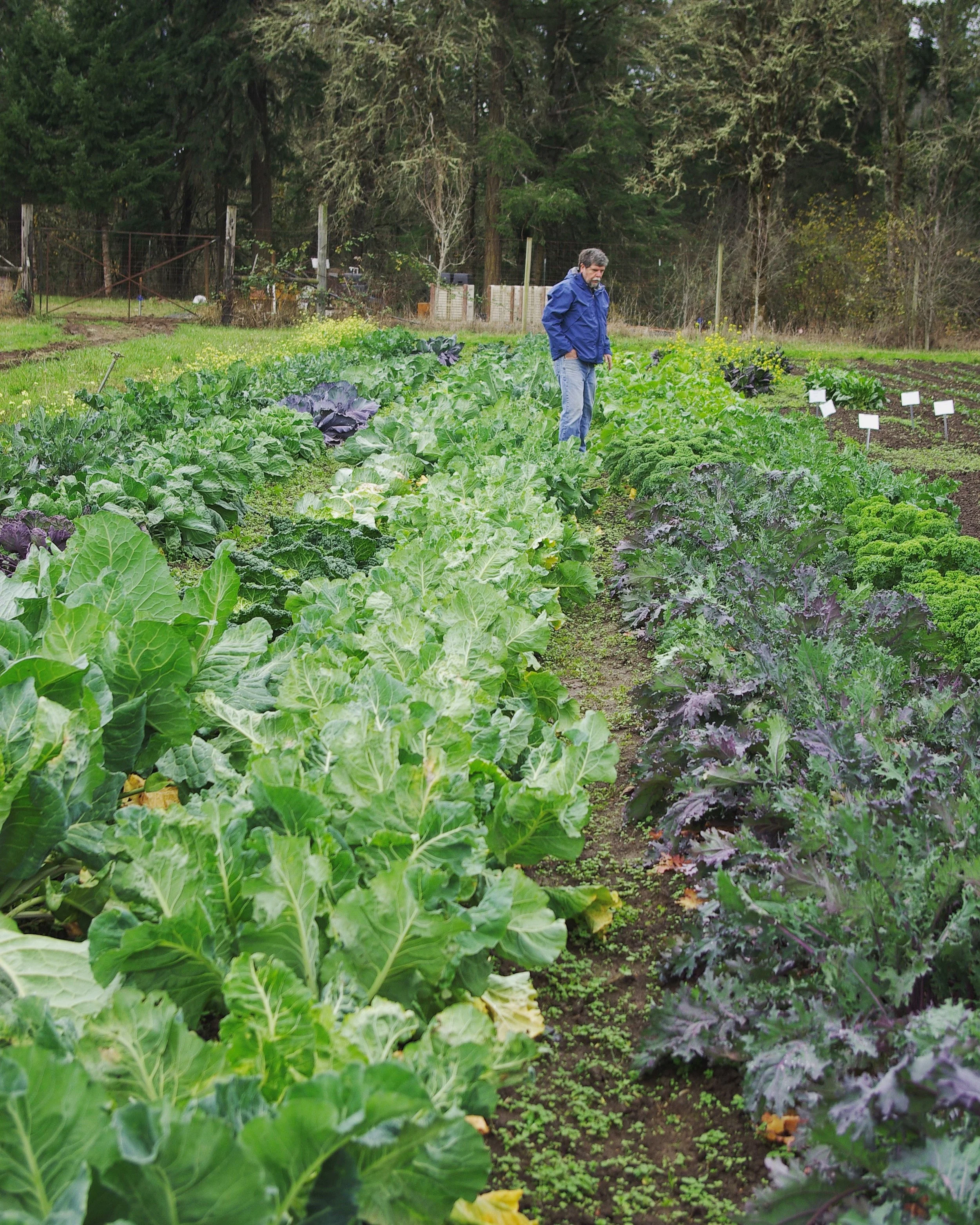10 Tips to Become a Successful Gardener
My life’s work has been in the home garden seed trade, working to provide home gardeners with top-quality, high-yielding vegetables. I understand it takes effort and dedication to grow one’s own food, and for that effort I was always driven to provide the home gardener with the best tasting, highest yielding varieties that I could find. I have personally evaluated tens of thousands of seed varieties and talked with thousands of gardeners over my career. I have been asked to share 10 tips that I think will help people be a successful food gardener. Other than number one, the rest are in no particular order.
1. A roadmap for your garden
You would think that being a Seedsman I would tell people that the seed quality would be the first item of concern for being successful food gardener. It is not. You could have the most vigorous, highest germinating seed on earth, bred under low-input organic conditions that fail miserably if you try and plant in hard-pan-ground devoid of life. Like most endeavors, it’s best to have a road map and a plan to follow. It’s especially important in a potential new garden plot to have the soil tested by your state extension service or from a private soil testing lab. The results of the test will show you your soil’s current state of health. It should also provide you with recommendations for how to amend your soil to create good conditions to grow an abundance of mixed vegetables.
2. First the soil
Healthy, nutrient-packed food follows healthy soil. Successful gardening really begins with healthy soil, so it’s important to always keep this in the forefront of your mind. From one year to the next, the goal should be for your garden soil to be a little bit better than the previous season. Plenty of books have been written on the subject, but the bottom line here is to feed the soil. Add compost, use green manure cover crops, and make and apply compost tea. Introduce and feed beneficial bacterial and fungi in the soil, and your vegetable plants will love it. With a healthy garden soil microbiome established, you will not need as much fertilizer to grow a robust plant.
3. Planning the Planting
One of the major mistakes that I see in new gardeners is that they enthusiastically plant too much stuff. My wife, Julie, and I have done the same thing. A couple years before we bought fledging Territorial Seed Company, we were young, back-the-land type people. The first garden we planted together was huge. With both of us new to our jobs and gardening being new to us, we got in over our heads. Keeping up on a quarter acre garden right out of the chute quickly became overwhelming. Many years after we had purchased the seed company, I was cleaning out old files (shoe box) and ran across the original seed order that Julie had filled out and sent to Territorial for that first garden of ours. It was around $60.00 worth of seed, and the average seed order in the mid-1980’s was closer to $20.00. So, you can see how we got in too deep. It was much better the next year, when we planted a smaller area that was easier to take care of. We were much more successful, and we grew more food in a smaller area. So, start small, be successful, gain experience, then expand your gardens size. Life will be happier and less discouraging.
4. Trust that your seeds will germinate, resist overseeding
Even the most experienced seed gardeners find it hard to resist planting more seed than is necessary. If you plant too much seed too close together in the row, it usually results in wasting your time and valuable seed. You should assume that seed germinates at about 85% depending on the species. Have some degree of patience when placing seed in the furrow; you will save yourself from having to thin out that carpet of radishes or carrots exploding out of the ground. Check recommended in-row seeding rates, and if you must overseed for a specific reason, keep the rate of seed per linear foot to double (or under) the recommended rate. This will result in a much-preferred task of thinning by using a hoe to cull out a plant rather than being on your hands and knees with tweezers.
5. Don’t love a plant to death by overwatering
This is very common problem with new gardeners, as they can be overly focused on keeping plants watered. Watering too much can be worse than not watering enough. Plants that are continually doused with water cannot escape the problems of trying to grow in a ‘flooded field’, while a plant that is not watered enough at least has a chance to survive by seeking moisture and setting its roots deeper. Gardeners need to be students of observing the obvious. Plants will tell you if they need water. Just look at them, and their communications become clearer as you spend more time with them. If you suspect there is a moisture problem on one extreme or the other, stick your finger into the soil and find out. A newly planted seed bed only needs to be moist at or just below the seed level. There is no need to water 6 inches down, as the seed cannot utilize it. So, in the newly planted seed bed, water more frequently with less water. Check moisture with your hands, and when it starts to dry out, water again. As the plant grows larger, so do its roots—reaching deeper into the soil. At this point after the plants are established and the roots are set, you can start to water less frequently but more deeply and let the soil dry out more between waterings. This forces the plant to search for moisture a bit more and establish a better root system. Check moisture at root level from time to time and wait until it’s just about dry to water again. I check water at our farm by walking the rows and simply kicking my boot into the soil a couple times here and there to see if there is moisture down below the soil surface.
6. Days to maturity are key to eating fresh from the garden
One planting date, multiple harvest dates. I always recommend paying close attention to days to maturity on varieties, so that gardeners can enjoy multiple, fresh-from-the-garden-harvests throughout the growing season. For example, it’s much more efficient to plant all your corn on one day in the spring and have a fresh summer bounty of corn until frost. Depending on your garden climate, you can plant an 85-day corn, 95-day, and a 105-day variety all on the same planting date. Unless you are a preserver who desires a lot of corn maturing all at once for canning or freezing, this method will yield multiple crops over a long harvest window. You’ll be enjoying fresh, home-grown sweet corn for weeks, while your neighbors may only have picked enough for a meal or two!
7. Weeding the Garden
Nothing can be as demoralizing as a garden overrun with weeds, especially one that was off to a seemingly good start. One of the natural rules to help a vegetable plant to reach its optimum growth potential is to eliminate any unwanted competition it may have for resources in the garden. These essential resources include water, nutrition, and sunlight. Weeds have a unique and disturbing ability to outcompete your desired plants in short order. At our farm, as well as in your garden, the most efficient and effective weed abatement program is to get ‘em while they’re small. Don’t be fooled into thinking that those little weeds are not hurting anything and that you’ll catch them in a week or so. That week will turn into two, and before you know it a vast assortment of weeds are shading out your vegetable garden and mining the precious resources that were slated for the veggies. Avoid that nightmare and cull out the weeds while they are still small. With a diamond or glide-n-groom type hoe you can easily dispatch even the largest carpet of emerging weeds. Use the hoe handle in a push-pull motion to near effortlessly slice off the small--less than inch tall--weed seedlings just under the soil surface. At this manageable size you can quickly sweep your way through the garden and doing this once a week during the growing season will result in a beautiful and healthy vegetable garden setting that you look forward to strolling through. At season’s end it will seem that weeding the garden was not that much trouble at all.
8. Properly fed healthy plants grow and yield to their full potential
At our own research and seed production farm we use regenerative soil practices to grow healthy well-balanced soil, which in turn provides the basic nutrients and minerals plants need to grow healthy and produce food. However, we know that amending the plants with organic fertilizer during the growing season can supplement the plants’ needs. To grow vegetables to their full yield ability they should be fed according to their type. Some vegetables are heavy feeders such as corn, and some are not like lettuce. I encourage new gardeners to seek out some reliable cultural information to help them fertilize their crops properly. At Territorial, we use our seed catalog as a growing guide (this info can be found on our website as well), and it’s a good source of information for specific fertilizer needs and a host of other helpful culture information. Seed packets from most companies are well researched and can be counted on for good growing information as well. Once you have a grown for a couple of gardening seasons and have a few different vegetable species under your belt, you will be astonished at what you begin to observe and understand about the needs a plant is revealing to you. As you get to know plants better, simply observing their current state of health will tell you a lot. Are the plants a dark green in color and vibrant or a light milky green and droopy? Are they dark purple-green with no flowers or fruit? They are always speaking to you, and with time and experience you will naturally become a better interpreter of what they might need.
9. Bug Patrol
Roaming in the newly planted garden, getting to know the individual plants and the new varieties is always enjoyable, and this intimate connection to the garden you are nurturing will reveal to you any troubles as they arise. One concern to watch for is pests and pest damage. This is especially important when the plants have been newly transplanted or for direct-seeded plants that are just emerging in the garden. Keeping with the gardener’s code of not allowing your food plants to be slowed down for any reason that is within your management, consider the first sign of insect damage something to monitor. Major culprits at our farm include pest insects like aphids, flea beetles, cucumber beetles, cabbage butterflies (who lay eggs that hatch into green caterpillars that devour brassica plants) and now the Brown Marmorated stink bug. These nasty critters love to feast on young plants and especially ones under duress, perhaps from an issue we discussed above. Keep your plants healthy, and they can fight off pests much easier. For example, using your observing-the-obvious skills, you might see small irregular holes in the leaves of your newly transplanted tomato plants. Immediately ID the pest, if it is a flea beetle problem and left uncontrolled, the plant leaves could look like a nylon stocking in no time. A plant’s leaves are its solar panels, and it cannot grow without these power panels. So, the game here is to kill or repel the flea beetles or otherwise provide relief to the small plants until they can outgrow the problem. When this occurs at out farm, we have few different certified organic product options to choose from depending on the situation, including trap crops and row covers. Over the years we have found that even in the worst case it might only require two or three treatments, and the relief to the plant is sufficient for it to outgrow the problem. Once the plant can multiply its size exponentially, the flea beetle activity has no chance in effecting the plants outcome or production potential.
10. Cheap seed is always more expensive than quality seed
It comes down to the fact that the 9 tips to be a successful food gardener I have outlined above, in my humble opinion, ought to be done regardless of the quality of the seed you plant. While being an enthusiastic food gardener can be an enjoyable endeavor or hobby, it is much more so when you grow an abundance of fresh-from-the-garden food. As previously mentioned, I have spent my working career in the seed business and doing research trials. There is no doubt in my mind that all seed is not created equal. It’s my belief that for the energy and effort put forth, home gardeners should get the greatest amount of food for the effort, and the quality of seed plays a huge roll in their harvests. The only way that I know to do right by our customers is to invest into research trials to be sure to find the best performing seed varieties in the world. There are several good purveyors of high-quality seed in the US. I would recommend supporting seed companies that do hands-on, in-house variety trials, as that is the best way for a seed company to know what they are selling. If they do trials, you can assume they care about the products they sell.
Happy Gardening!
Author: Tom Johns


